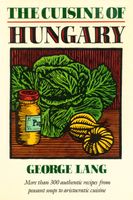Advertisement
Appears in
By George Lang
Published 1982
Method
The word tokány comes from the Rumanian tocana, meaning ragout. The Hungarians in Transylvania developed the ragout into an interesting formula with many variations.
The meat is cut into pieces


